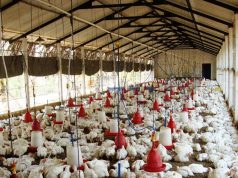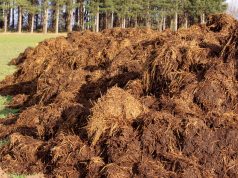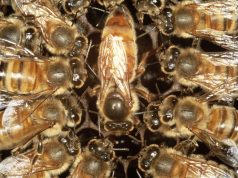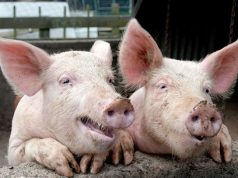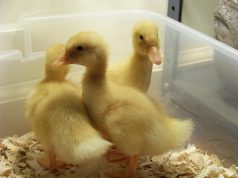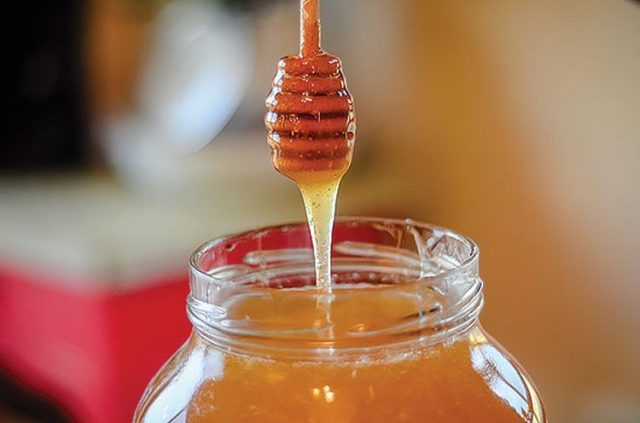
So, we guess you’ve been nurturing your honey bees for some time now, and now you can’t wait to finally harvest your long-awaited honey, right? In order to do everything the right way, you need to take certain steps. Even if you’re new to this, don’t worry – we are here to help you out. Before you do anything, don’t forget to protect yourself, i.e., don elbow-length gloves and a veiled hat designed for apiculture, and let’s not forget about bee-proof overalls. So, here are some steps to keep in mind.
1. Open the hive
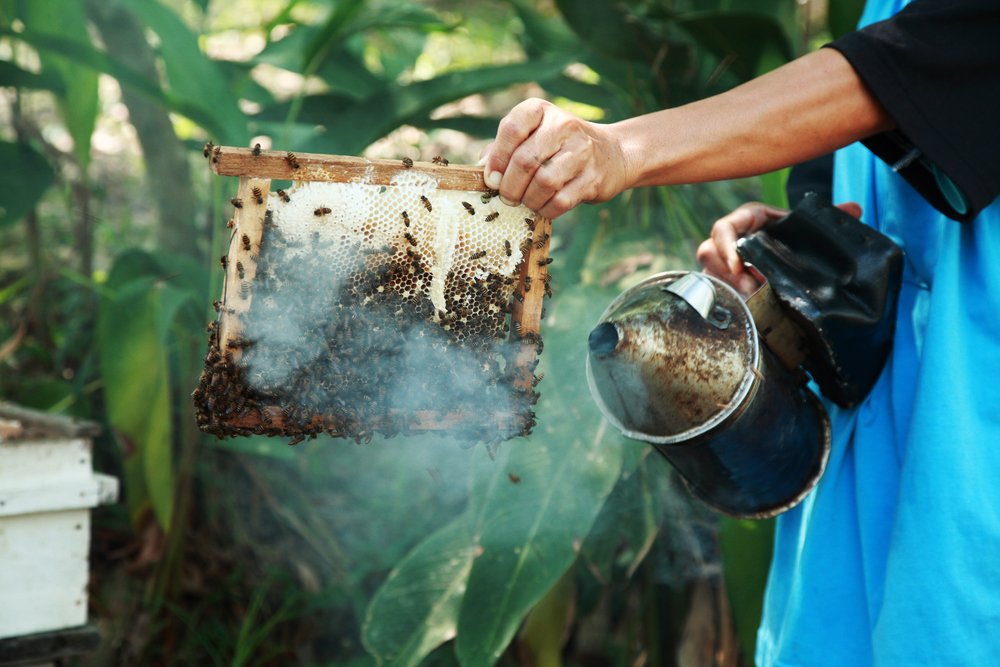
For this first step, you will need a smoker. Use it to approach the bee hive from behind, and then puff the smoke around the entrance. The smoke is supposed to drive the bees lower in the hive, which will make it possible to remove the inner cover.
2. Remove the bees from the hive
The next thing to do is to make sure all the bees get out of the hive. You can go for a mechanical or chemical method, for instance, wide silky “bee brush” or a gas blower.
3. Uncap the honey
Once all the bees are removed from the hive, it’s time to uncap the honey. You can use an uncapping knife to get to the wax-sealed honeycomb, or a fork or a scratcher.
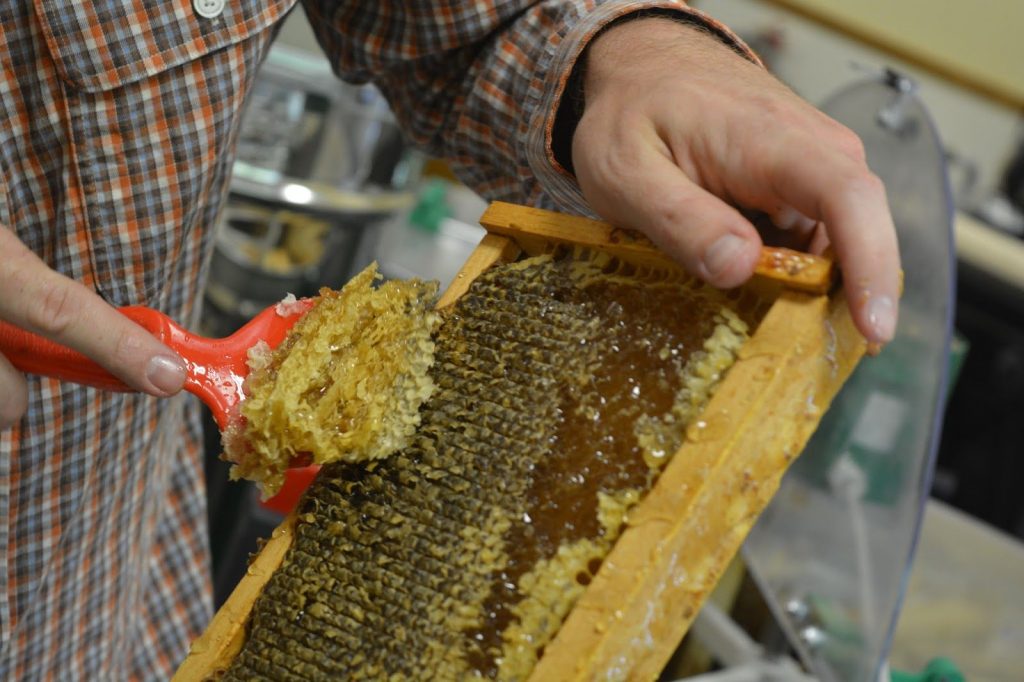
4. Extract the honey
To finally extract the honey, you will need to put the frame into a honey extractor, and then spin the frames. This will force the honey to drop to the bottom of the drum, which is supposed to have a spigot to release the honey.
5. Bottle your honey
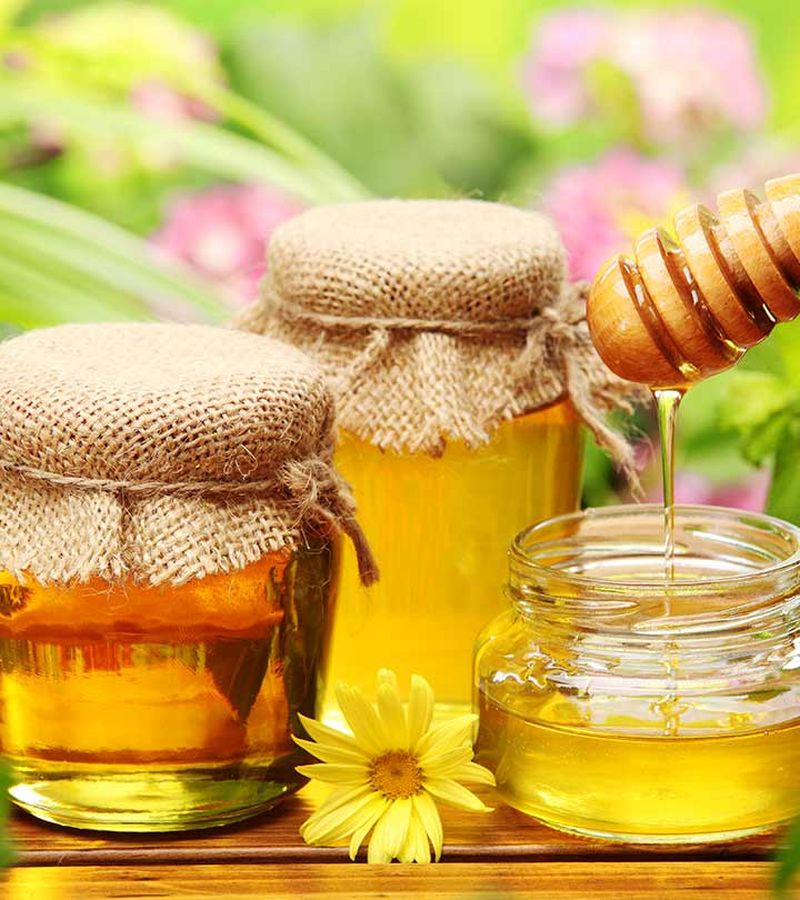
Lastly, prepare clean bottles for your honey. Make sure the bottles are sterilized so as to avoid contaminating your product.
Finally, we should mention what to look out for – green honey. If you notice that your honey is green, it means that has a high moisture content, which, in turn, means that you’ve got yourself a perfect breeding ground for yeast. You might know that many pasteurize their honey, but you might not know why. Remember the answer now: “The sad part of it is honey doesn’t really need to be pasteurized at all, but the companies do it to destroy any lurking yeasts and to increase their honey’s shelf life,” explains Susan Brackney, author of Plan Bee: Everything You Ever Wanted to Know About the Hardest-working Creatures on the Planet.

